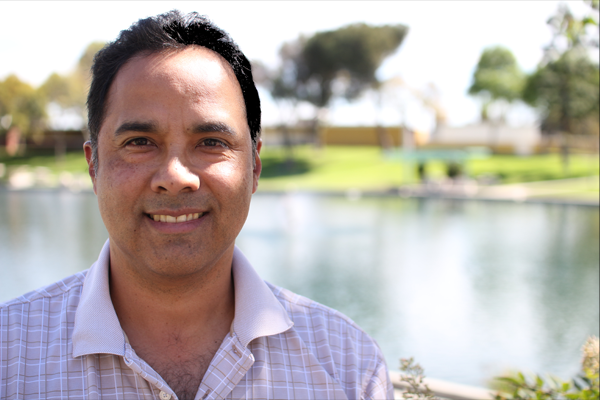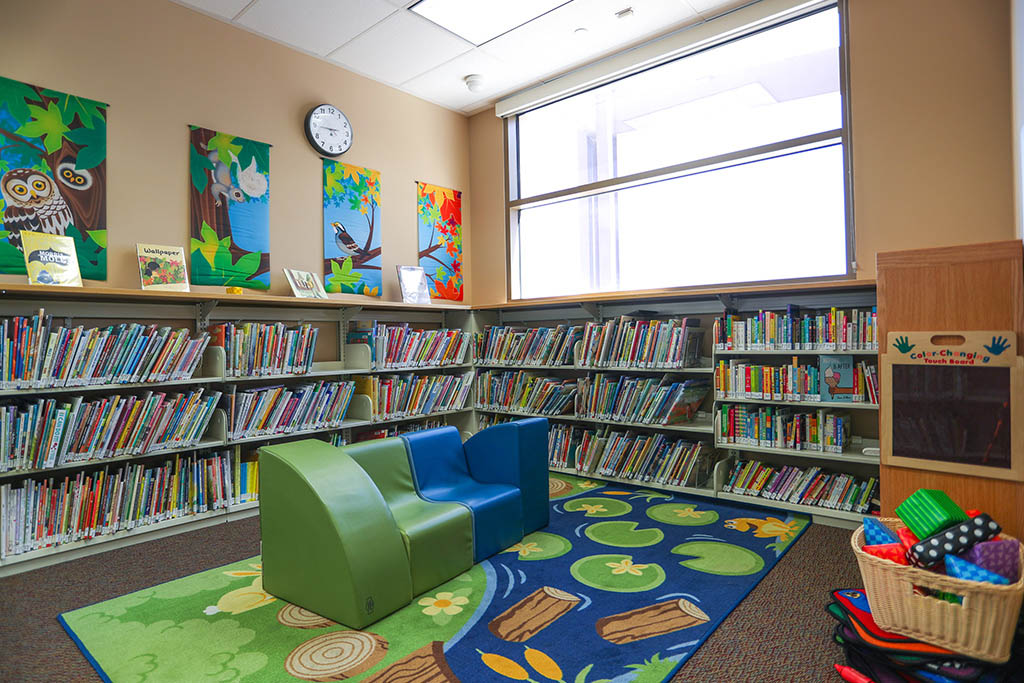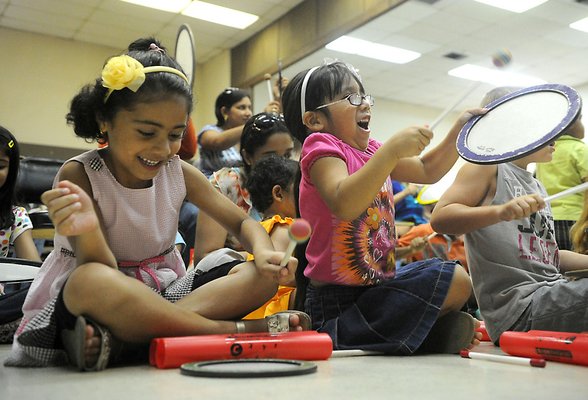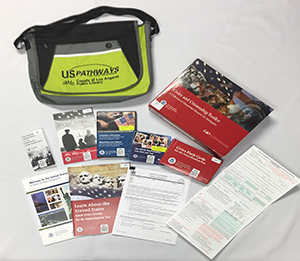Fire

The average house fire burns at 1,100 degrees Fahrenheit.
So I am in San Francisco having dinner; gorgonzola penne with shrimp, clam chowder, and sourdough toast at Cioppino’s on the wharf. My cell phone rings. It is my younger sister.
“You have to come home! There’s been a fire. The house burned. Please hurry.”
“Is everyone OK? Mom?”
“Yes, she made it out. But …the house, our things, all burned. We can’t stay there anymore.”
Is this really happening? I thought.
No one hurt! Still, my mind went to the insurance. Was it current?
I have been in San Francisco the previous few weeks, a choice assignment for a young government physicist from East L.A. My job is to protect people from harmful radiation. I am there to intern at the University of California, San Francisco (UCSF), a leader in health sciences, and to investigate possible radiation hazards in the area.
Mornings, I walk from my apartment in the Haight-Ashbury district to the campus of UCSF at the foot of Mount Sutro. The campus is massive. Some 16, 000 very smart people — studying and practicing medicine, dentistry, nursing, and pharmacy — convene here daily.
Ionizing radiation, its harmful form, is widely present on the campus, used for healthcare, teaching, or research. That’s the type of radiation that concerns me. And that’s why I’ve come to this school — to learn more about it.
Ionizing radiation is too elusive for our senses. It can damage human cells covertly. So, handling it safely requires specialized knowledge, skills, and instrumentation. Because most don’t understand it, accidents can come easily.
None of that matters tonight as I scoop a final spoonful of clam chowder and take a bite of my toast, pay the bill, and dash out, while dialing the airline’s number to find a flight the next day.
Back in my room, I can’t sleep, as I wait for morning to take the first flight to Los Angeles. My mind toggles between worrying about what I would be leaving behind and about what I was going to.
I have unfinished work at the medical center. Patients with thyroid cancer are given radioactive iodine ablation therapy. The radioactive iodine is administered orally to kill the spreading cancer of the thyroid gland. Beta particles emitted by this radioactive concoction bombard the cancerous thyroid cells, destroying them without ever leaving the patient’s body. That’s a good thing.
But radioactive iodine also sizzles with another type of radiation, gamma rays. Too much exposure to gamma rays is harmful. These are ghostly, can travel several yards, and easily penetrate matter. They can exit the patient’s body, and potentially injure unsuspecting persons nearby.
This is the same radioactive iodine produced by nuclear reactors and atomic bombs.
So the gamma rays must be monitored. After a few days of radioactive iodine treatment in isolation rooms, patients are surveyed to make sure they can safely leave the hospital. That is my role.
Any extra radioactive iodine administered that is not absorbed by the thyroid gets excreted from the body, mostly in the urine, but also in saliva, sweat, and tears. So I survey the patient’s hospital room to make sure that any bed sheets, towels, gowns, clothing or other items the patient come in contact with aren’t released if contaminated.
But by my leaving UCSF in such a hurry, the patients’ release to home can be delayed if I don’t show up to measure their radiation levels. I like to help people, almost as much as I like to chase gamma rays.
I got into gamma rays because they were mysterious packets of energy akin to light. Ever since, as a little boy, I pointed a flashlight into the dark of space. I imagined riding on the beam traveling out at the speed of light, slowing time and only bending for gravity and Einstein.
Fire, however, terrified me. It was the destroyer.
As a kid, my grandfather would tell me of the volcano Paricutín, which rose from a cornfield near his ranch in the Mexican state of Michoacán, ejecting stone, ash and lava in the early 1940s. Flames of fire climbed thousands of feet into the night sky. It rained fire. His fields were peppered with burning rocks lobbed from the volcano.
Waiting to fly to Los Angeles, I worry about fire the destroyer because it had found our home.
How did it start?
What did it burn?
I feel guilty. Why did I leave home and come to San Francisco? I could have done my internship nearer to home, probably at UCLA. If I had stayed, this tragedy might have been avoided. I always check the batteries on the smoke detectors and look for frayed power cords.
But I know why I came. The opportunity excited me. To live, work, and study in San Francisco seemed so thrilling. I love seafood, Chinese food, the waterfront, rolling hills, fog, the wharf, history, storied penitentiaries, and panoramas. Add gamma rays to the mix, and the dish was irresistible.
It is exciting the moment I arrive in San Francisco. I walk to the sidewalk outside the San Francisco airport terminal to wait for a taxi. Within minutes, a tall man in a black leather jacket and boots stands next to me. It is Nicolas Cage, the actor, one of my favorites. I say hello. We share a cab ride. He tells me about a place he liked to eat. Next chance I get I go there – Yuet Lee Chinese restaurant in Chinatown for the fish in black bean sauce.
In the business of radiation, work, too, is exciting. Radiation is a beast of burden when tamed but a dangerous wild animal when loose and uncontrolled. Every once in a while, it gets away and I pursue.
One day, a radiation alarm goes off at the local waste transfer station, where trash trucks drop off their garbage for temporary storage or sorting pending further processing. The station has radiation monitors to screen incoming trucks for radioactive materials hidden in the garbage truck waste loads.
When a radiation alarm goes off, transfer station staff detain the truck until it’s cleared by the government radiation control authority. Me. That day, I grab my emergency response gear and head over to the transfer station. The truck is parked in a corner of the lot away from others, isolated behind yellow and magenta barricade tape.
I am in a Tyvek ® protective coverall suit, shoe covers, two pairs of gloves, and face mask. I approach the truck and survey radiation levels with my radiation meters. I tell them to dump the truck’s load onto the pavement and spread out the waste with shovels. I keep one eye on my watch and another on my radiation meter. The more time in this radiation field, the more exposure to gamma rays.
I work quickly, swinging a radiation meter in one hand and a shovel in the other, sifting through 12 tons of garbage. I wish I had my father’s strong arms. The sweat trickles down my forehead into my eyes and burns. An hour passes.
With a sensitive scintillation detector connected to my radiation meter, I walk through the pile methodically trying to ignore the foul smell. As I get closer to the source, my meter’s audio alarm chirps faster.
I come upon a plastic bag, which I separate out from the rest of the garbage for closer inspection. I turn on my radiation isotope “identifier” meter, an instrument that can read the type of radiation and identify the radioactive material producing it. Radioactive iodine. I look inside. Diapers.
It’s a story I know too well. A hospital patient undergoing radioactive iodine treatments for thyroid cancer urinates out much of the unabsorbed radioactive dose onto disposable diapers. These diapers are supposed to be segregated, isolated, and secured to decay in storage for three months until the radiation dissipates. Sometimes, this isn’t done and the contaminated diapers leave the hospital too soon.
My alarm clock goes off. It is 3 a.m. and I have a plane to catch.
I arrive in front of my childhood home about 8 a.m. The windows are boarded up; walls blackened, and burned furniture sits in our front yard. At the entrance, the metal security door is damaged, a large cut made vertically at the door locks, no doubt from the fire fighter’s rescue saw. I peek inside. Everything I see is black, either burned, charred, or covered in soot.
The vertical vinyl blinds in the living room window hang twisted, melted by the intense heat from the dining room where the fire started. A line on the walls of the living room demarcates how far the smoke descended after it spread up from the point of ignition. Everything above that line is sullied. Everything below it is clean. I suddenly remember a grade school lesson: to escape during a fire, fall and crawl.
In the dining room, our wooden dinner table is charred. The plastic table cover was simply fuel to accelerate the burning that ignited when a lit candle fell over. From there the flames reached up to the chandelier and ceiling, spreading horizontally to the walls and kitchen.
My mother brought her love of devotional candles from Mexico. So she had lighted a candle for the Virgin Mary, placed it on the dinner table, and left it unattended, forgetting about it when she opened a window on a windy day.
I look to one corner of the dining room where we kept many of our most treasured family valuables. Dozens of old family pictures are burned. Me as a kid in a purple suit, my father playing with us at the park, me sitting atop that garage where I imagined traveling on a beam of light—all are gone. Some look burned around the edges. Some look burned from the inside out, as if they self-ignited. Some I can’t find.
I search the remains for one picture in particular. For my first birthday my parents took me to Mexico for the first time. My mother sat me all dressed up in front of my birthday cake, a single lit candle adorning its center. Nothing.
By 9 a.m. the first of many suited men begin to arrive at our front gate. Some in business suits, some in protective coveralls, one after another they come all morning, to urge us to immediately hire them to restore, remediate, rebuild or adjust our fire loss. They are there to help, they say.
I take their business cards and stuff them in my pocket, oblivious to their rattling voices. I figure I paid the premium because our insurance adjuster would come by later, too, and hand me a check for $10,000 dollars so we could start to replace the things that burned.
Can he really do that?
They say people fear what they can’t see. That’s not me.
I’m terrified of fire, the destroyer.
The average photograph burns at 350 degrees Fahrenheit.

August 22, 2016










